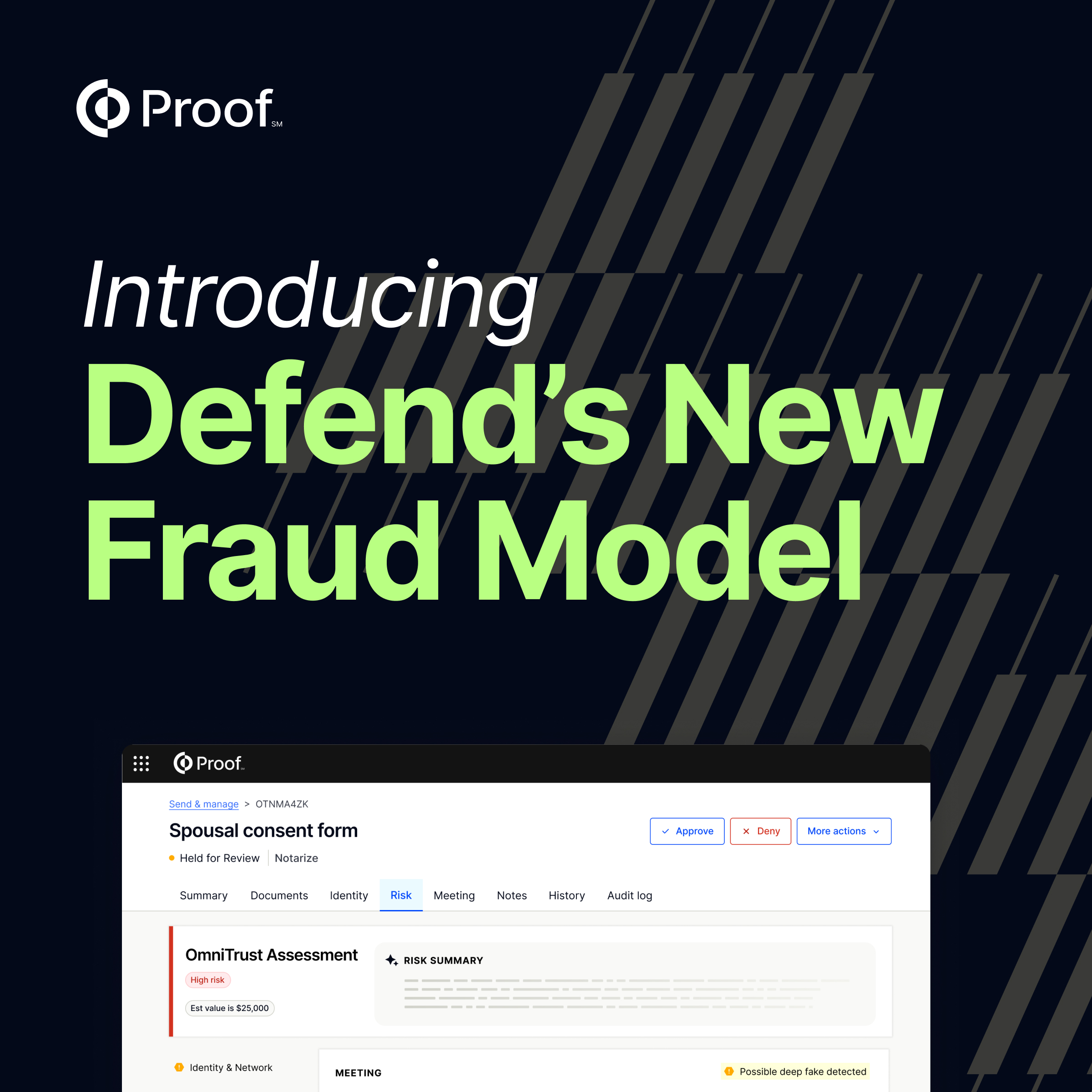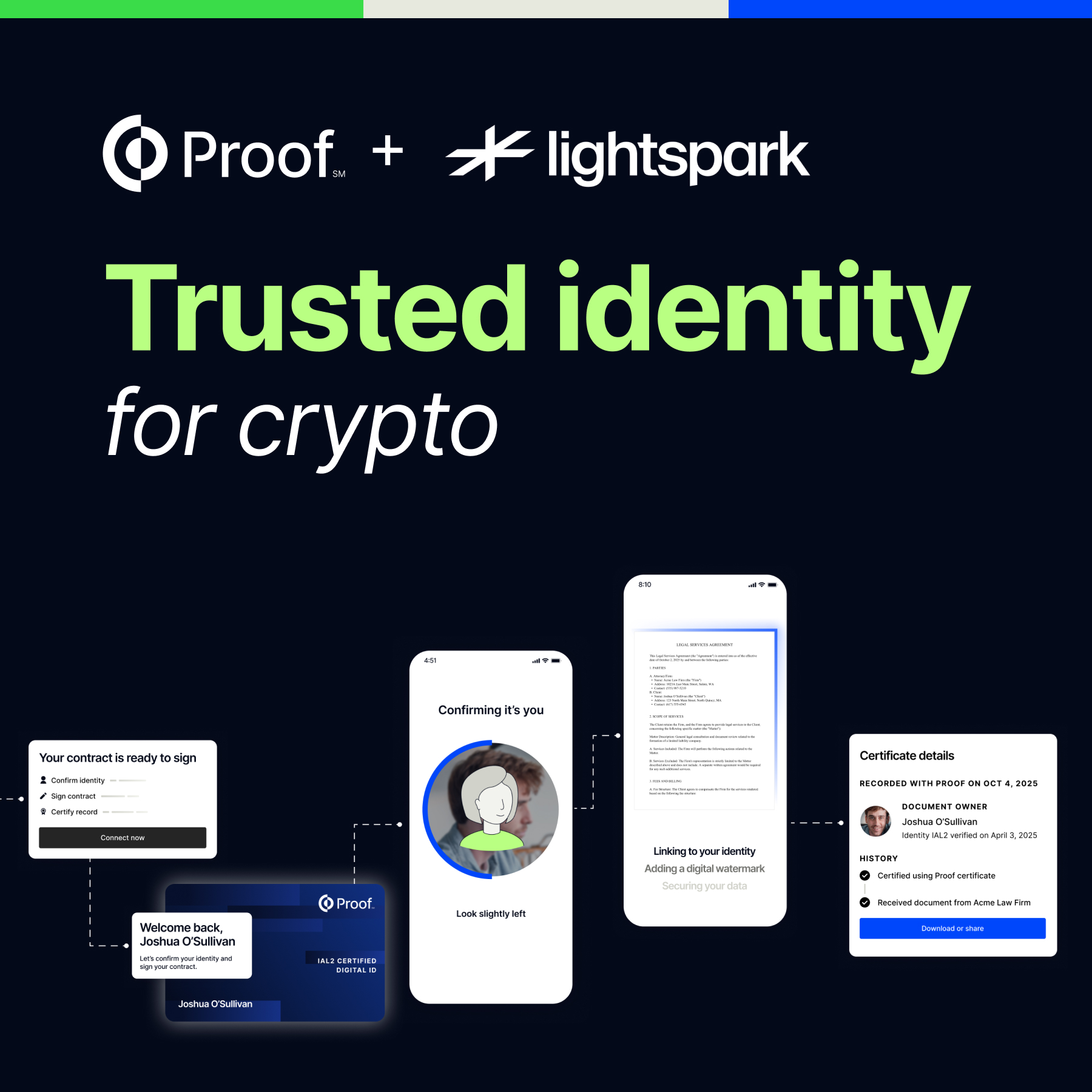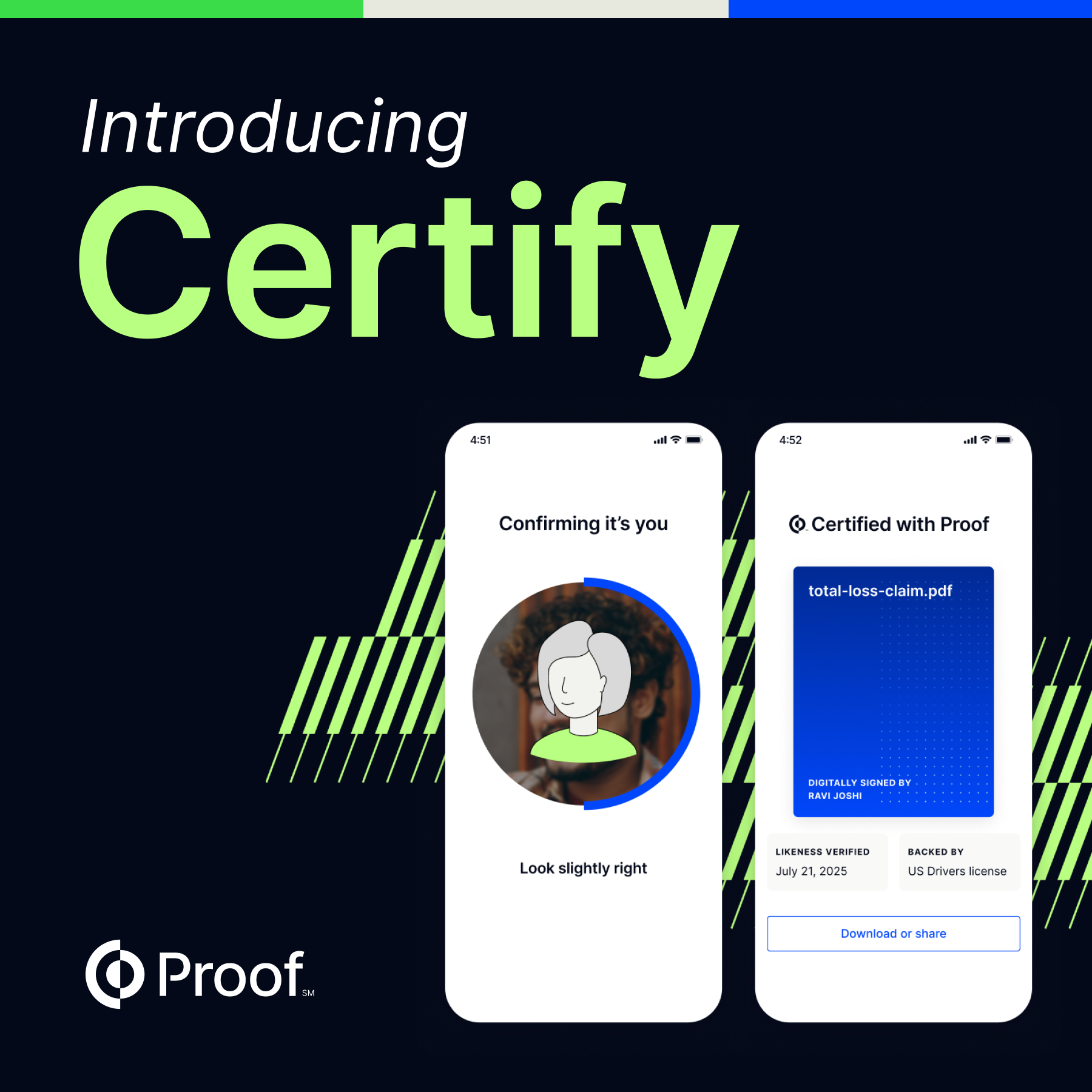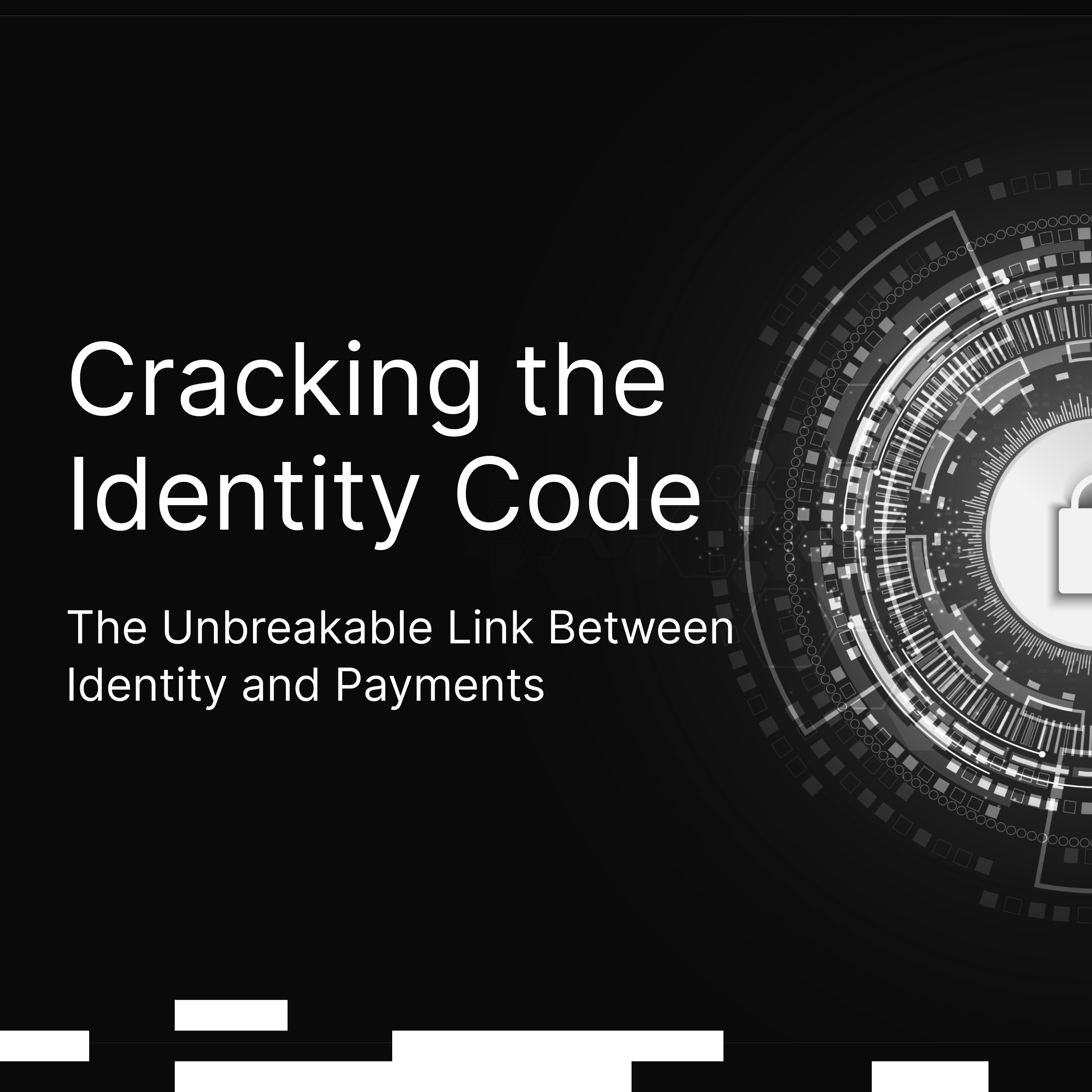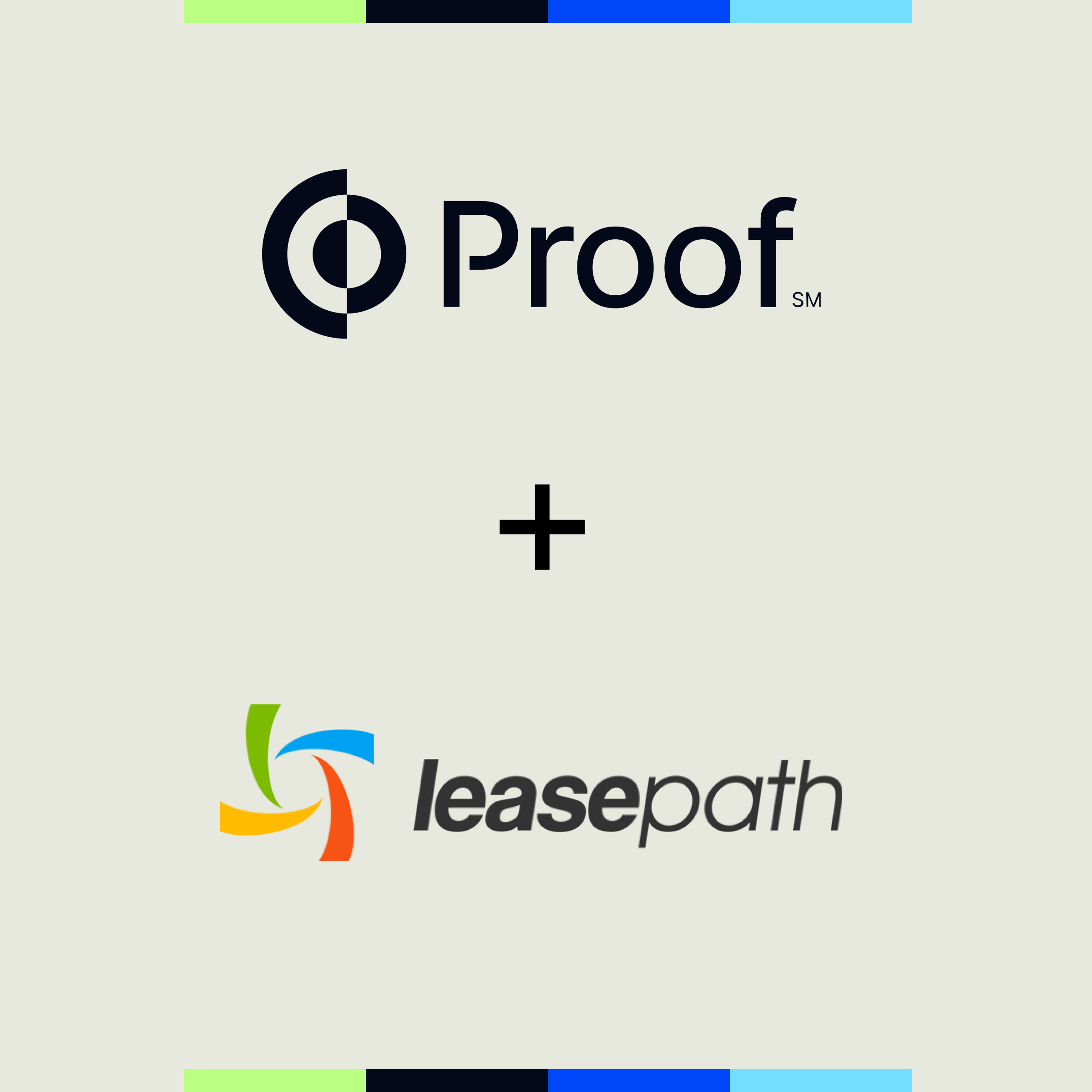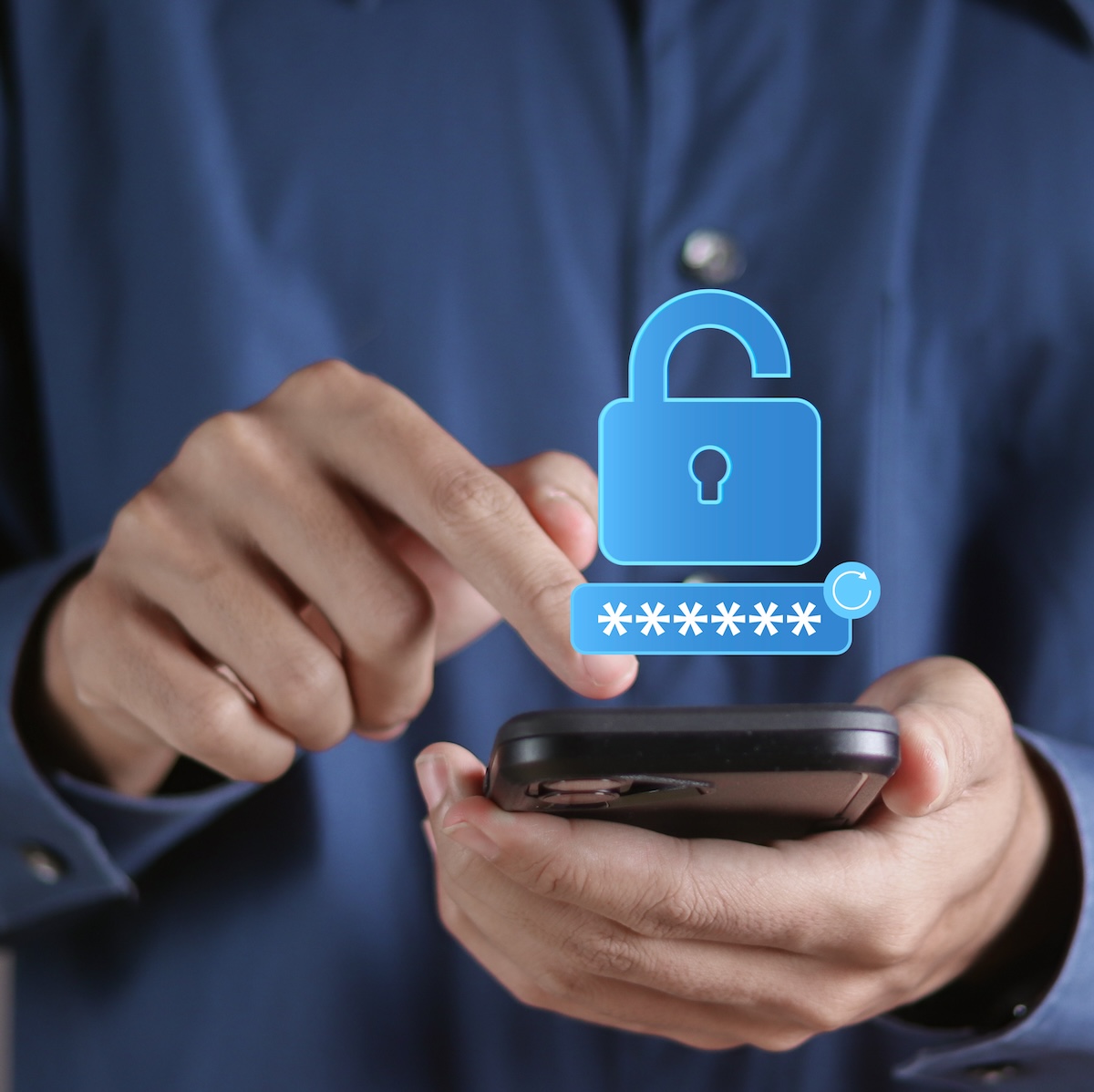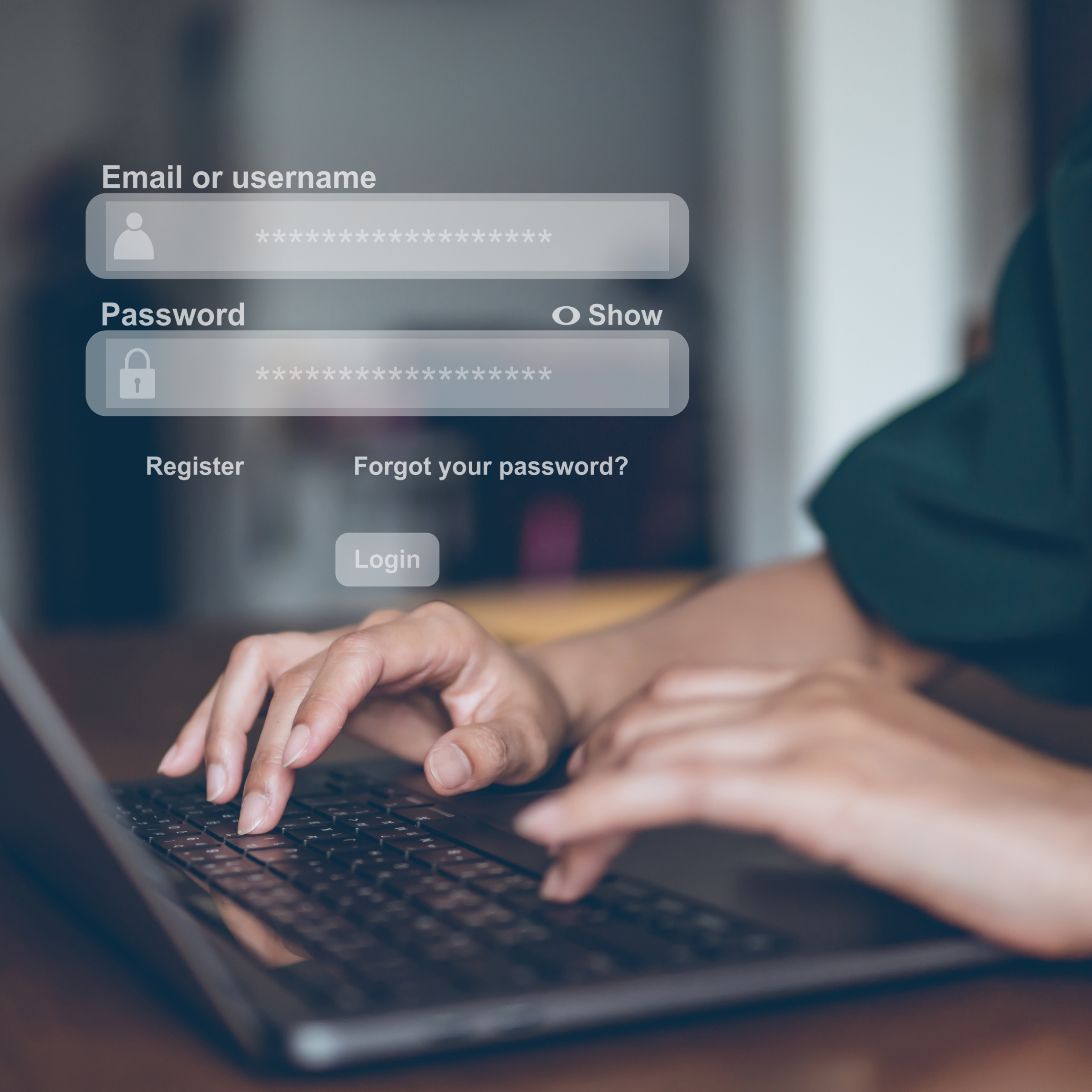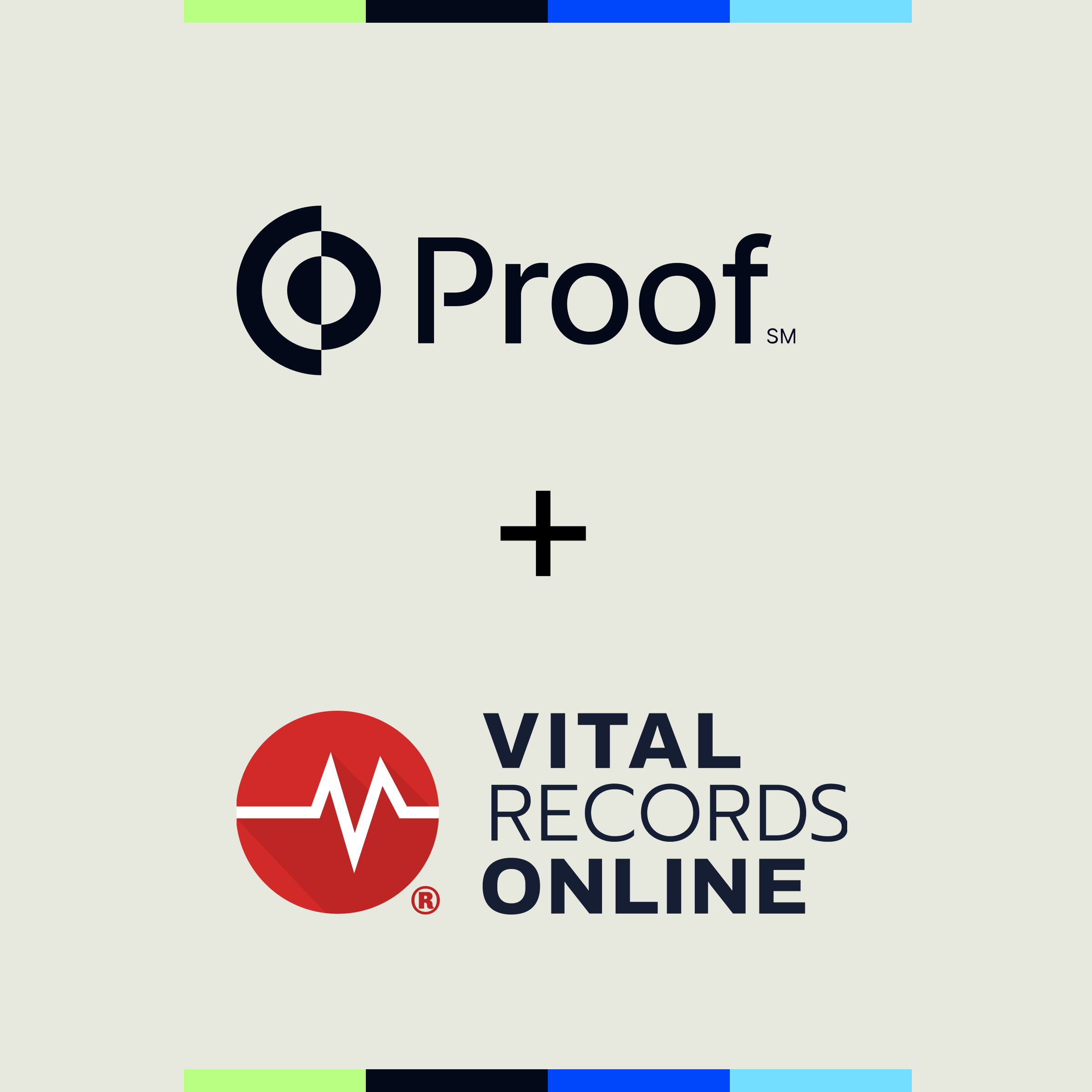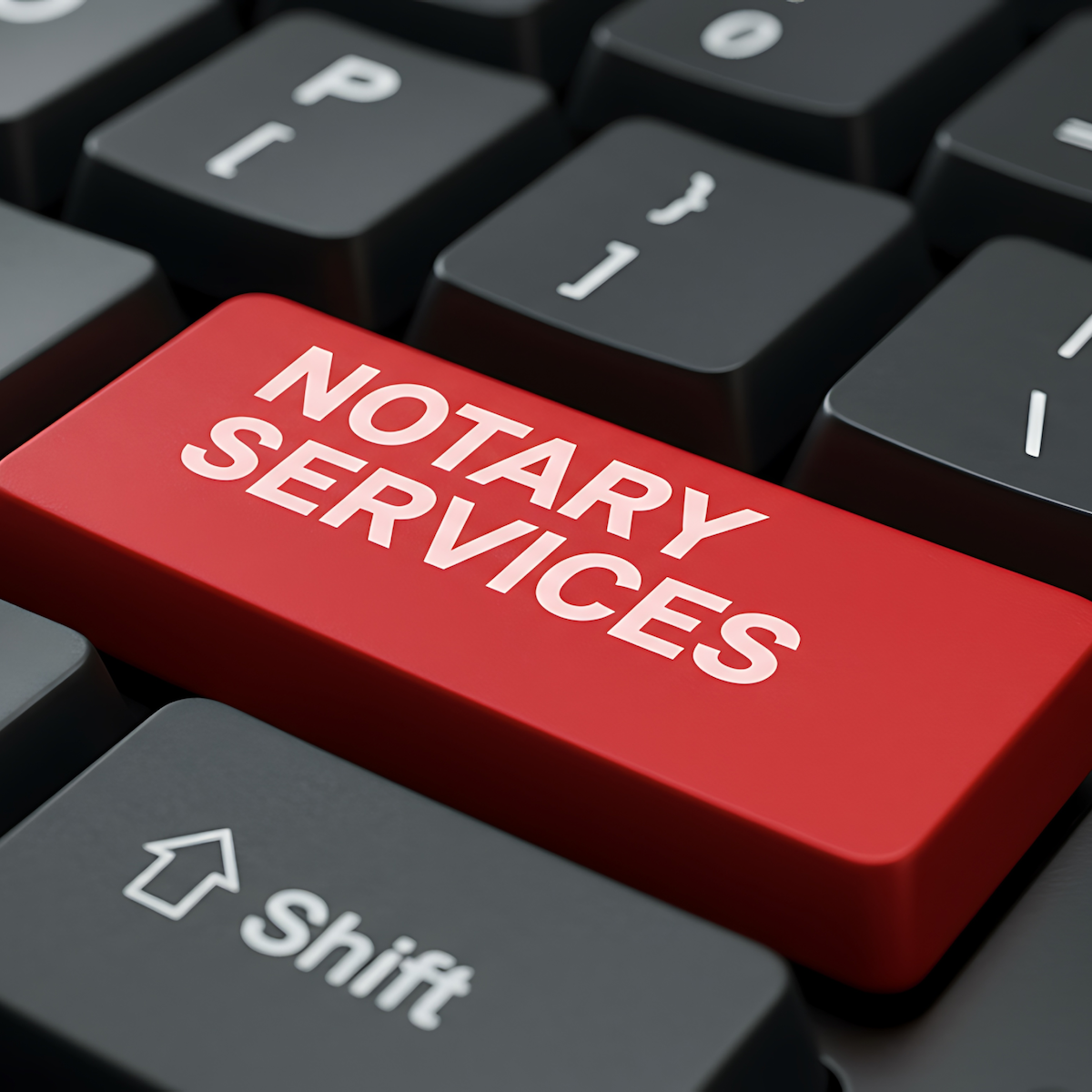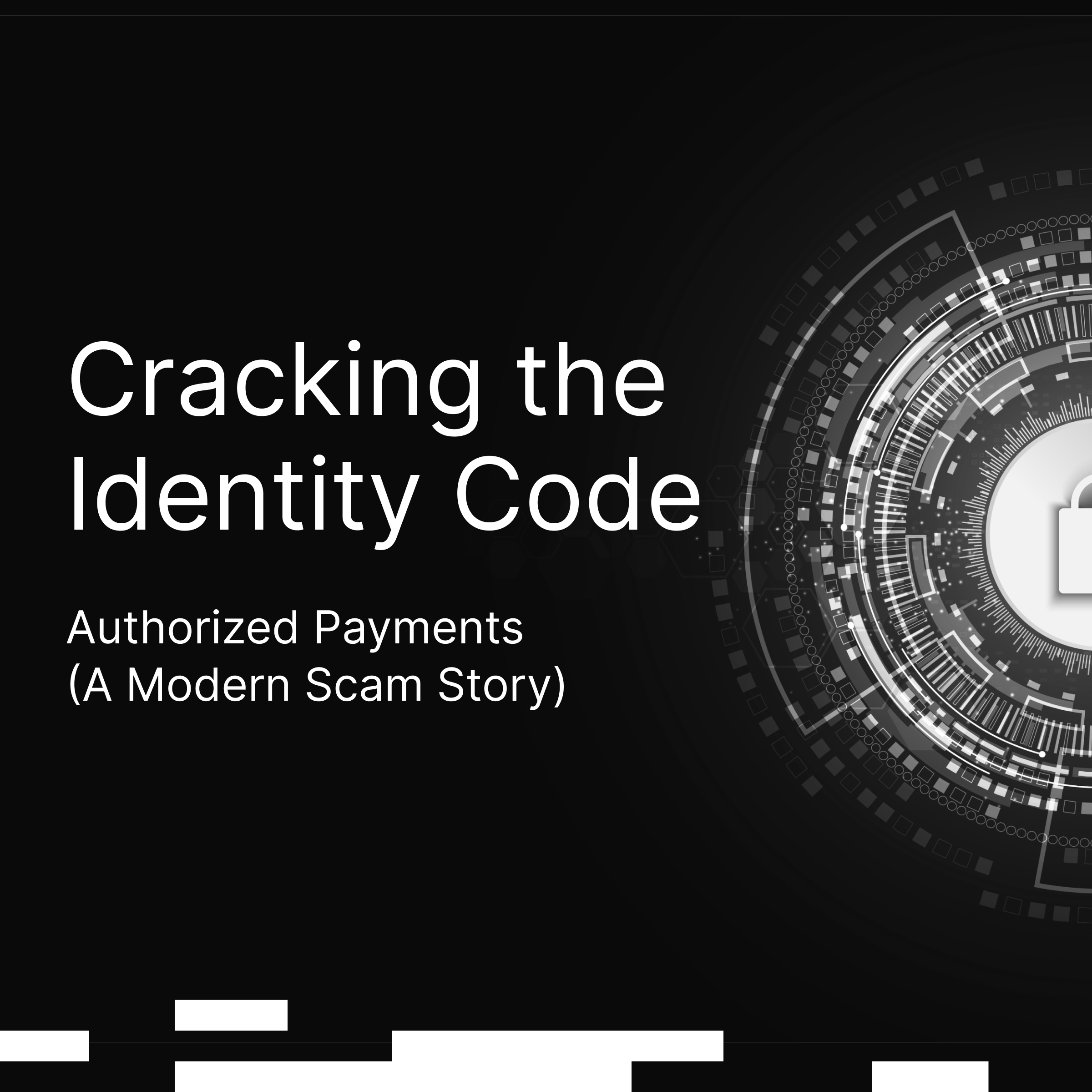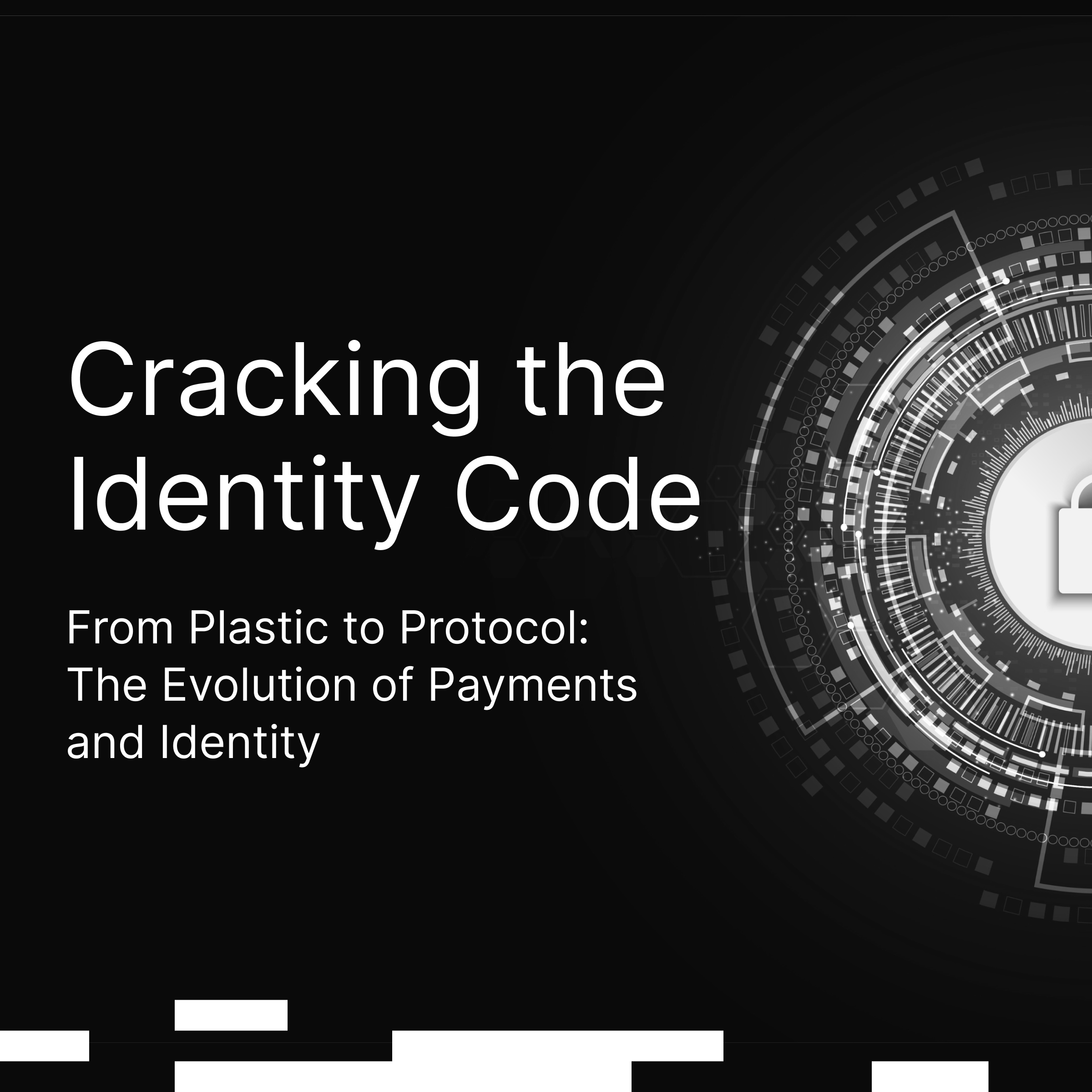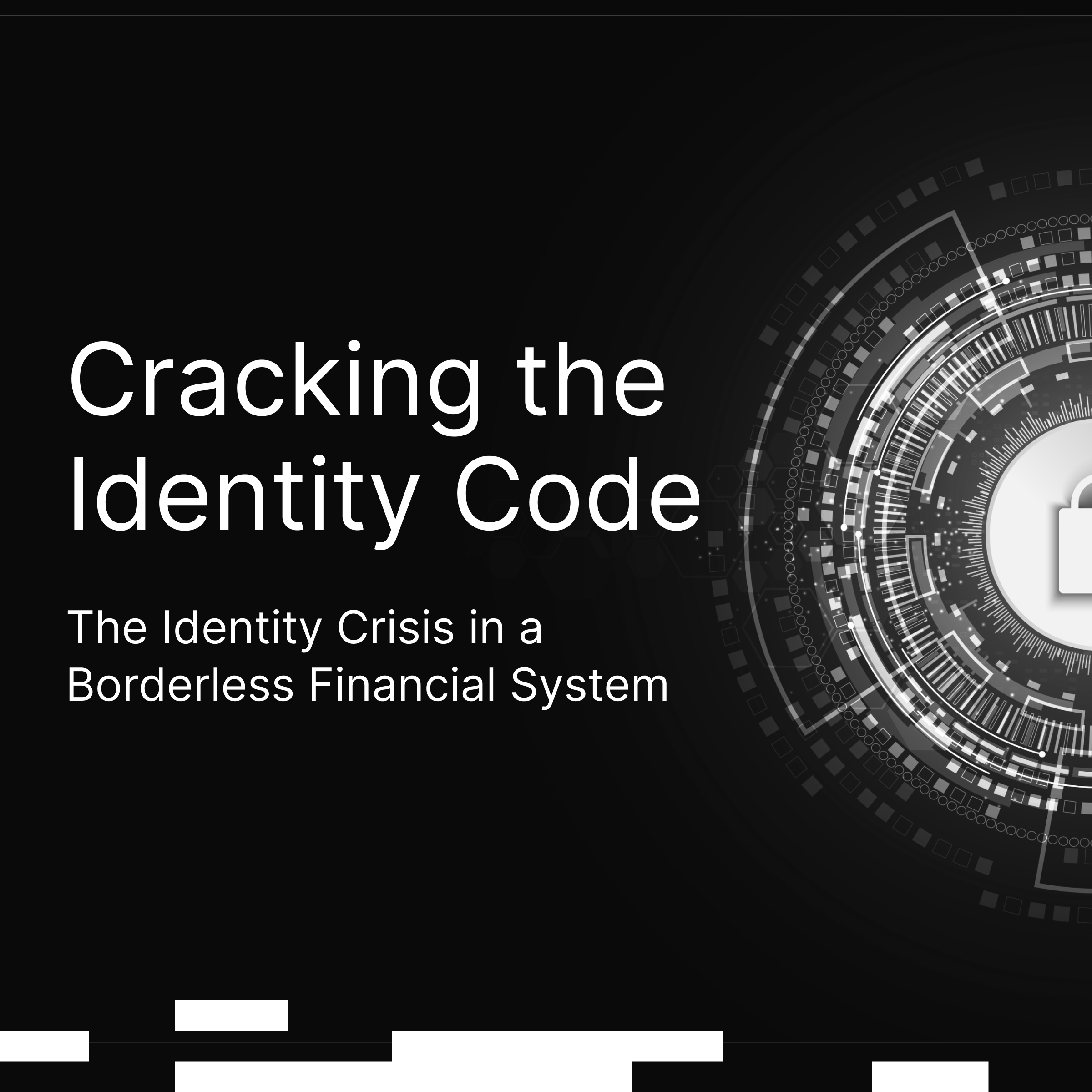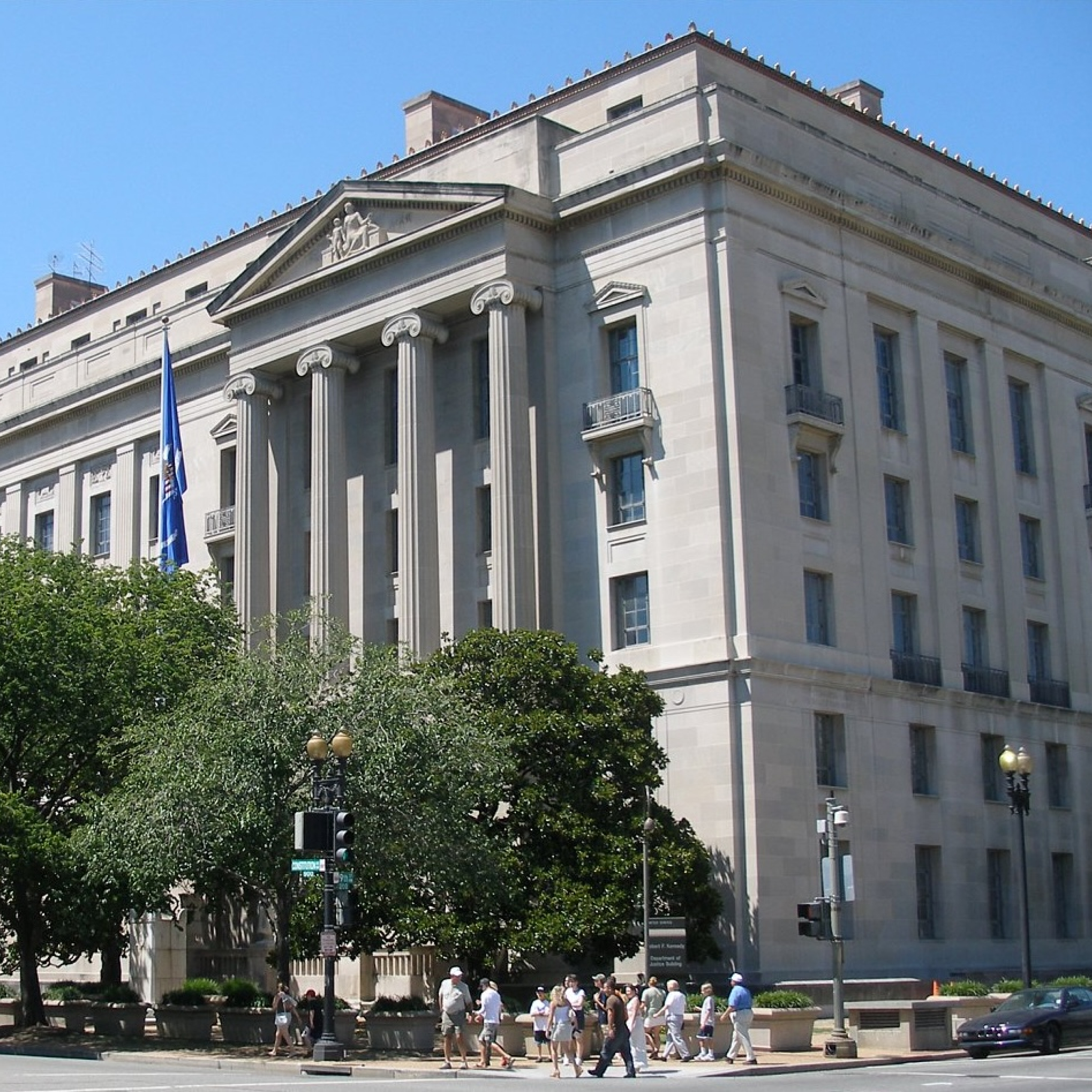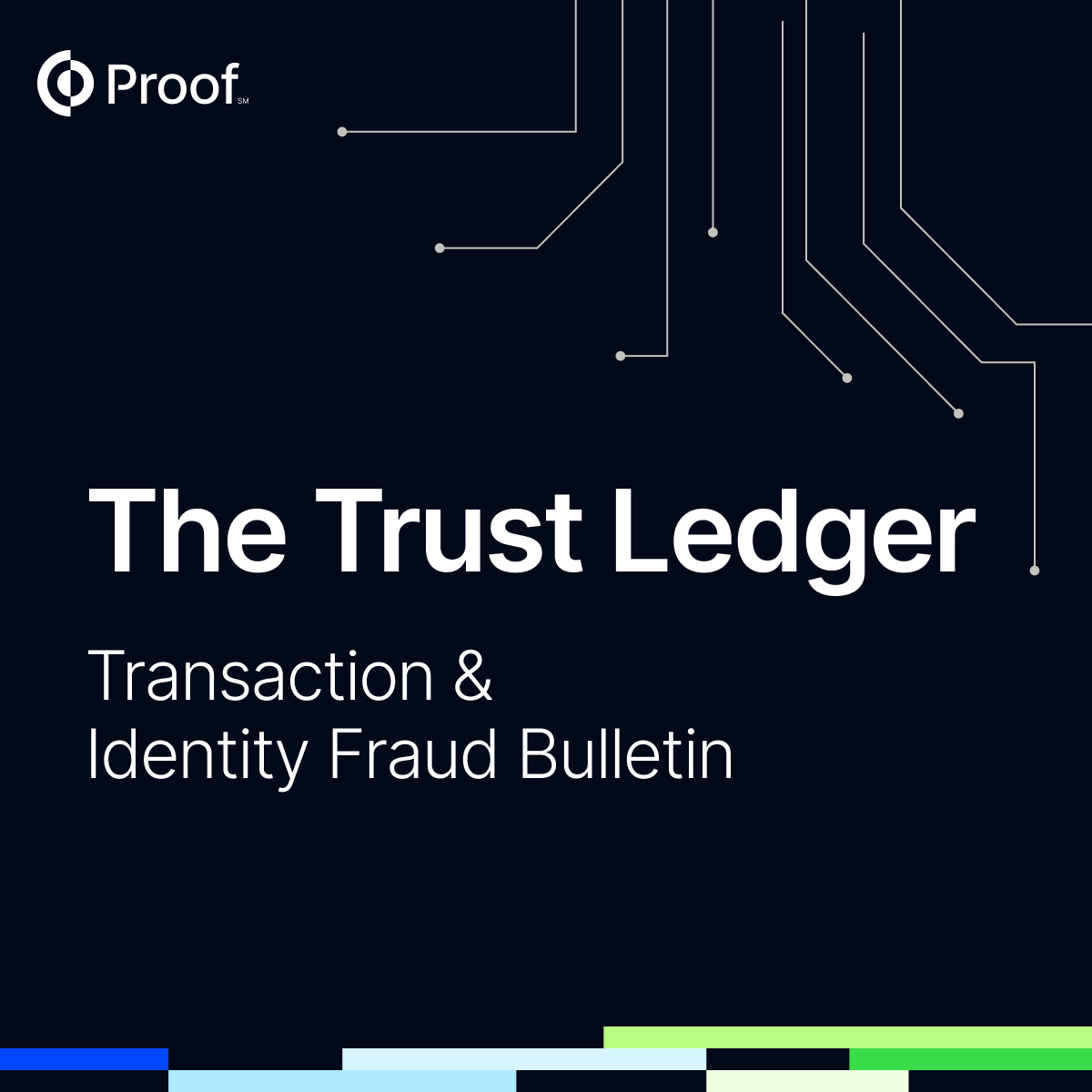What Is a Digital Certificate (Technically)?

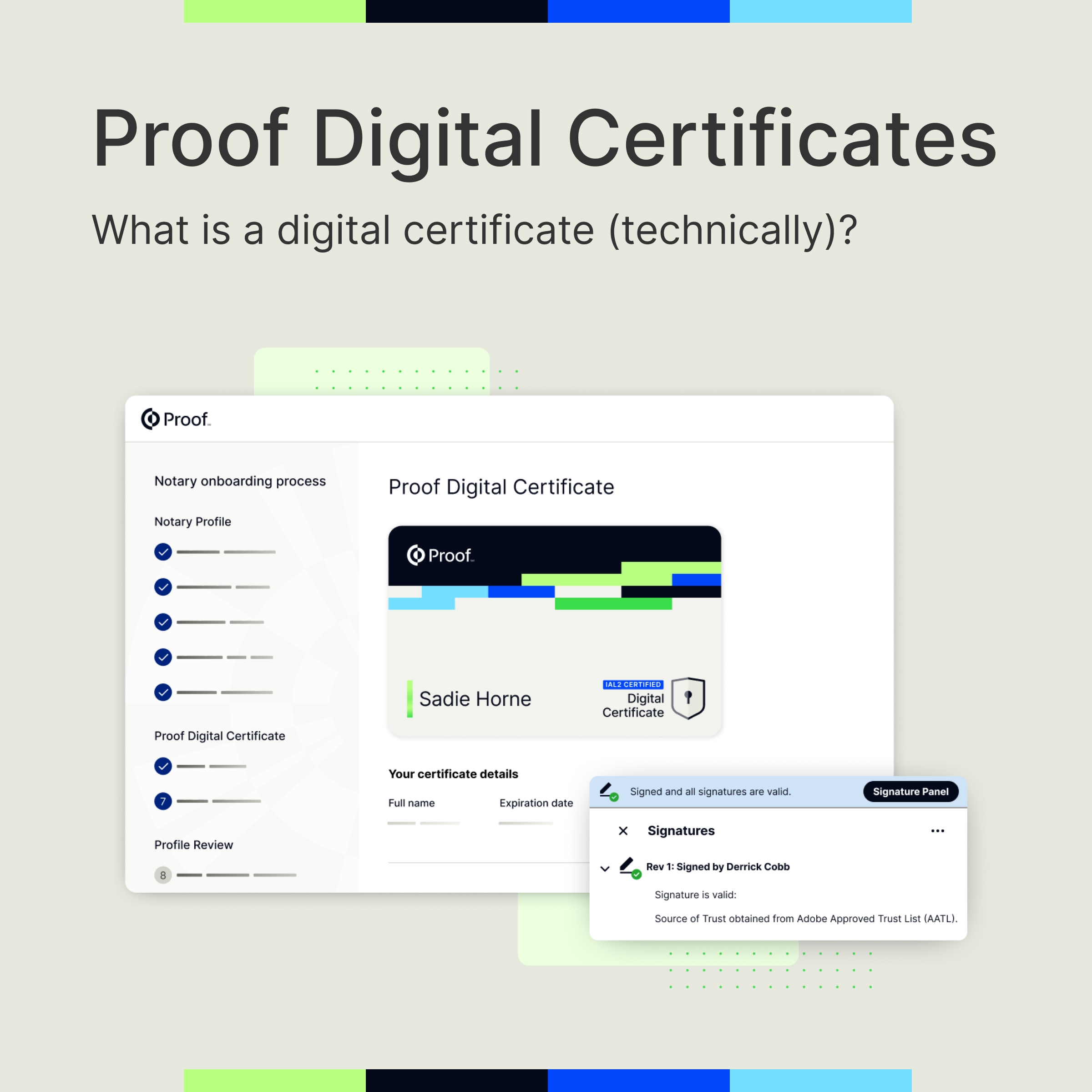
This is part 2 of the Digital Certificates series. Don't forget to read part 1 here.
When we say that a document is “signed with a digital certificate”, technically and strictly speaking, it’s not correct. The document is signed with a private key, and then a certificate containing a matching public key is attached. Let’s unpack this a bit.
Digital certificates are a concept defined within the Public Key Infrastructure (PKI) framework and a set of standards. PKI is based on asymmetric cryptography, which at its core relies on pairs of mathematically linked public and private keys. The public key is usually freely shared, and the private key is kept secret.
That keypair has some pretty cool properties:
- If you digitally encrypt something with a public key, you can then decrypt it only with the matching private key - ensuring privacy of the communication.
- If you digitally sign* something with a specific private key, you can then use the matching public key to verify that the signer was indeed in the possession of the specific private key - ensuring authenticity of the communication.
The certificate contains only the public key, plus user’s (or other entity’s) names and other attributes.
When you digitally sign a document with your secret private key, the resulting digital signature and a matching certificate are attached to the document. Later, if the document's recipient wants to verify the authenticity of the digital signature, as well as the integrity of the document, they can do so** by using the public key contained in the certificate.
Digital encryption and signing via PKI is very strong - we say “cryptographically strong” - if the keys are of sufficient size and modern algorithms are used. Meaning, you can’t decrypt a message without a correct private key. And you also can’t forge someone’s digital signature without their private key.
But how can you be sure that the user Alice whose name is on the certificate, really is Alice? Technically, anyone can generate a keypair, put any name they want on the certificate, and use it as they want. The software for that is freely available.
PKI solves this via Certificate Authorities (CA)- they are the special, trusted entities that issue trusted certificates. They do so by performing identity validation of users or organizations, issuing digital certificates containing vetted information, and in turn digitally signing those certificates with their secret private keys***.
CA’s also perform other functions such as revoking certificates, answering “is this certificate currently valid and not revoked?” questions via special protocols, and so on.
Lastly, let’s briefly discuss the difference between eSignatures and digital signatures.
- Digital signatures are virtually unbreakable and guarantee the authenticity and integrity of the signed documents. However, PKI is relatively complex and carries non-trivial overhead and costs for its operators and users due to requirements of compliance, secure enrollment, management, storage and application of various keys, and so on.
- Standard eSignatures do not involve any cryptography. They are very easy to apply - just affix someone’s name to the document in a visual way, and record this fact somewhere. However, a signer's identity is usually not vetted in a strong, consistent and trusted way.
And this brings us to Proof:
A digital trust platform built on top of PKI, providing cryptographically strong digital signatures for any kind of content and transactions, yet affordable and dead simple to use.
Interested in bringing trusted digital signatures to your workflow? Let's talk about it.
Next time, we’ll dive into Proof PKI’s security architecture in a bit more detail.
*Digital signing is a special mathematical operation performed on a digital digest of the message (aka hash).
**Of course, various off the shelf software such as Adobe Acrobat usually does it for you.
***This allows you to validate the authenticity of the digital certificate, like any other digital message, i.e. that it came from the specific user - CA in this case - and was not modified.






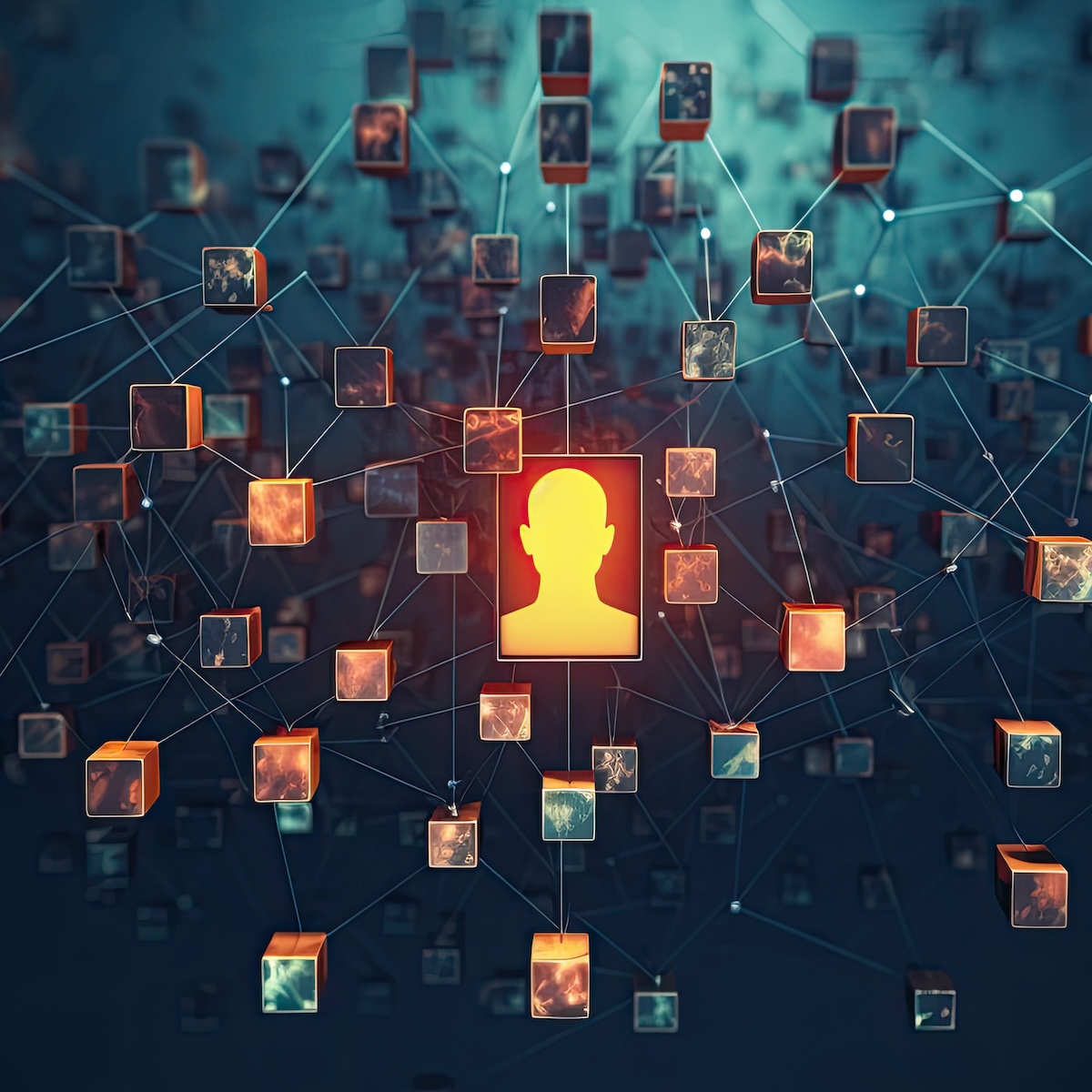

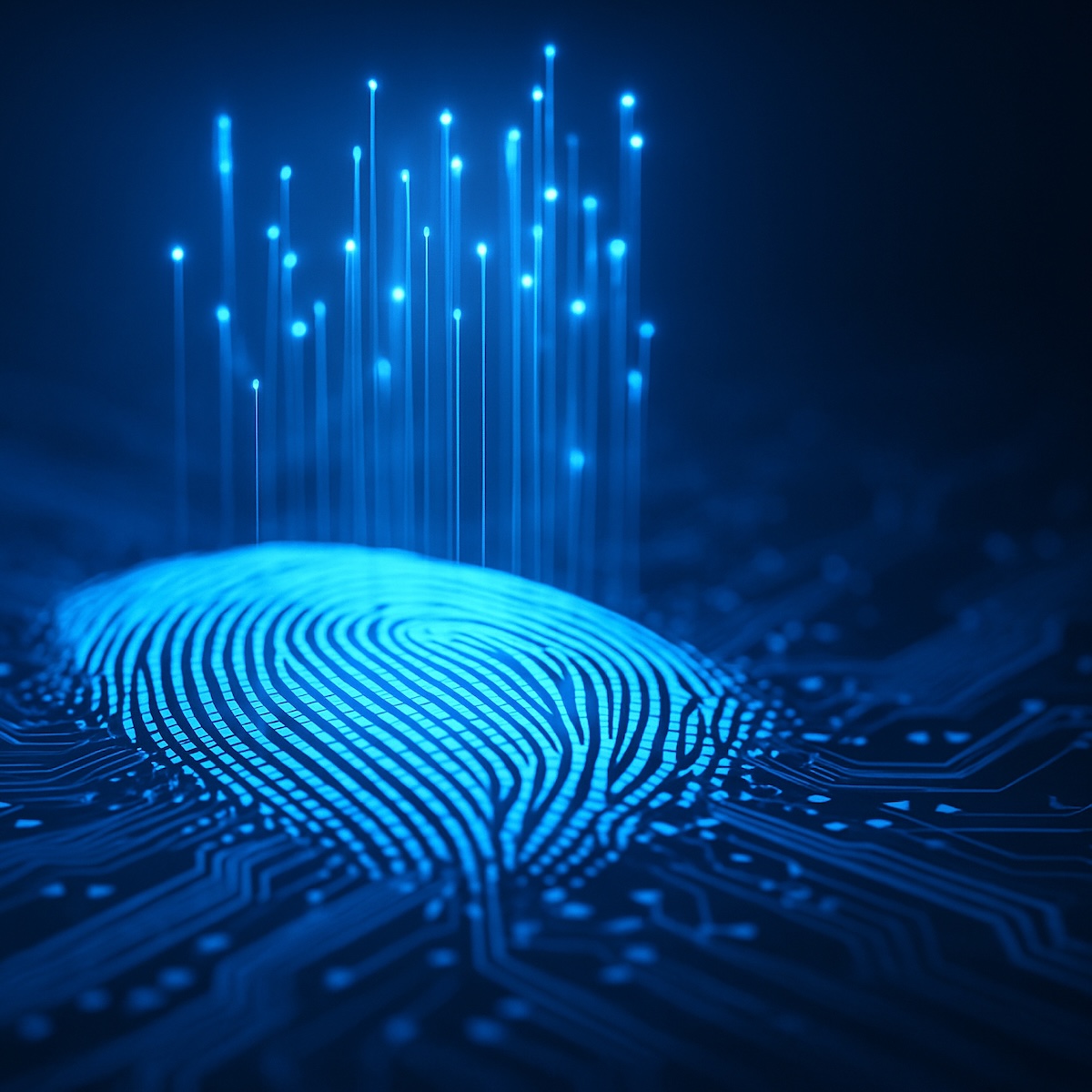














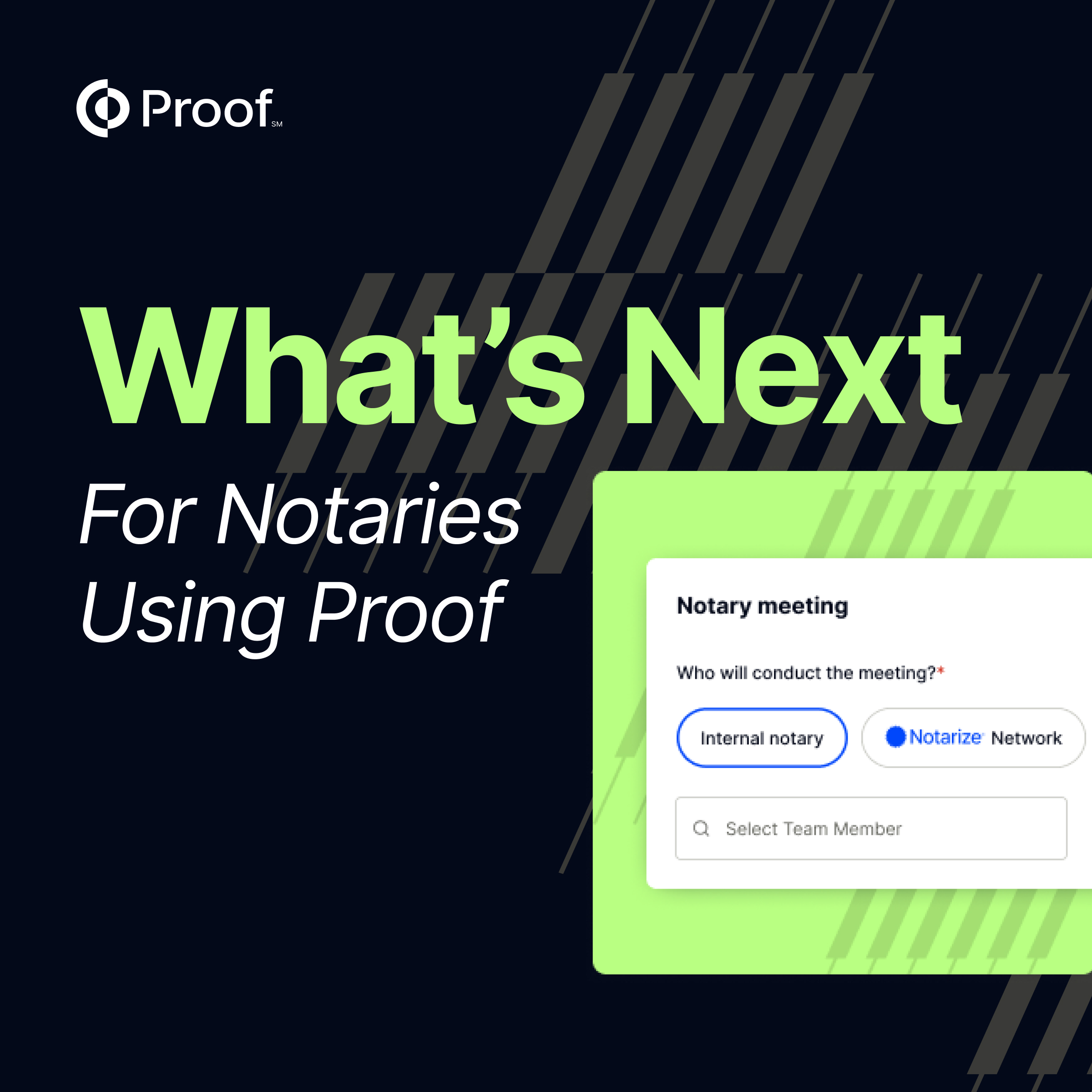





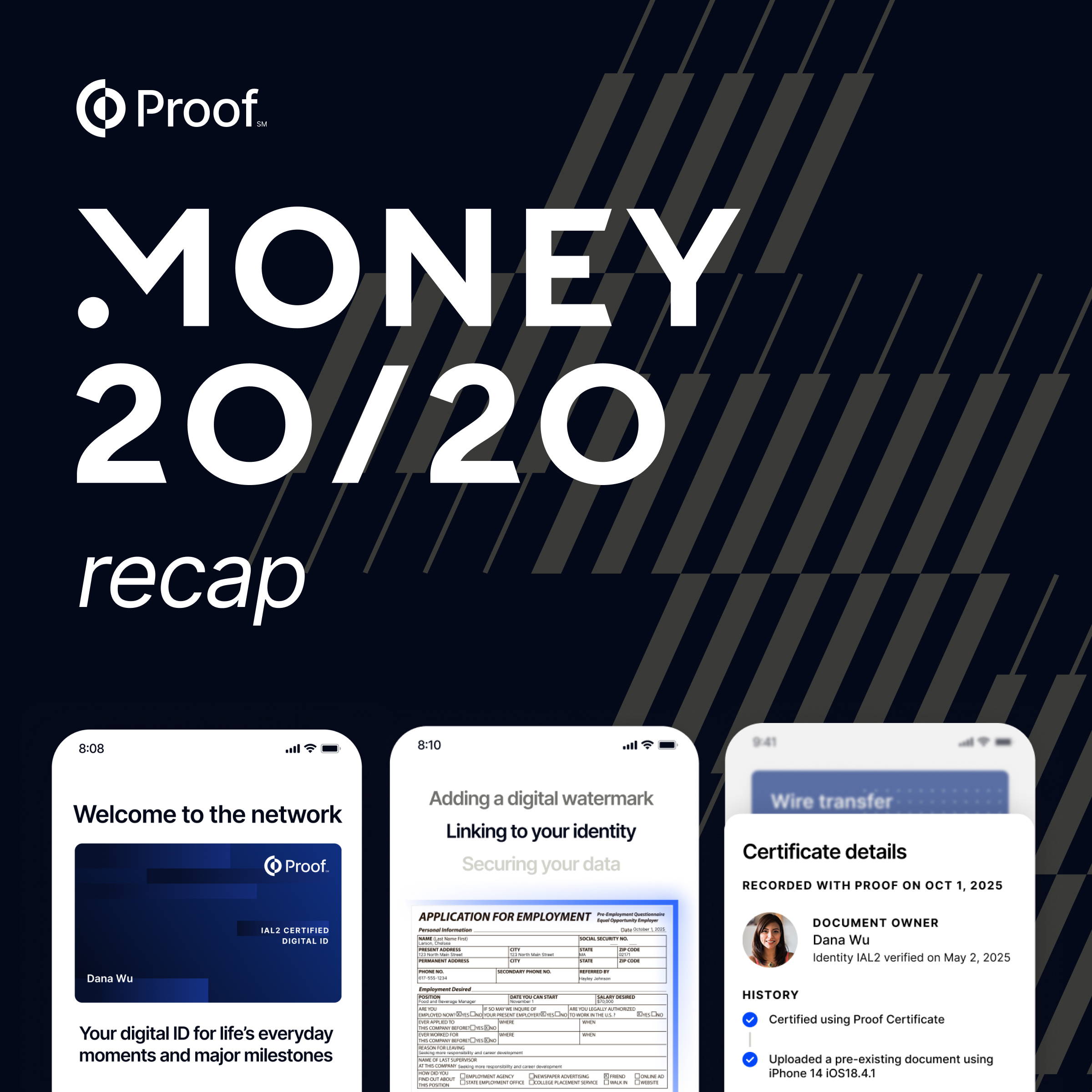



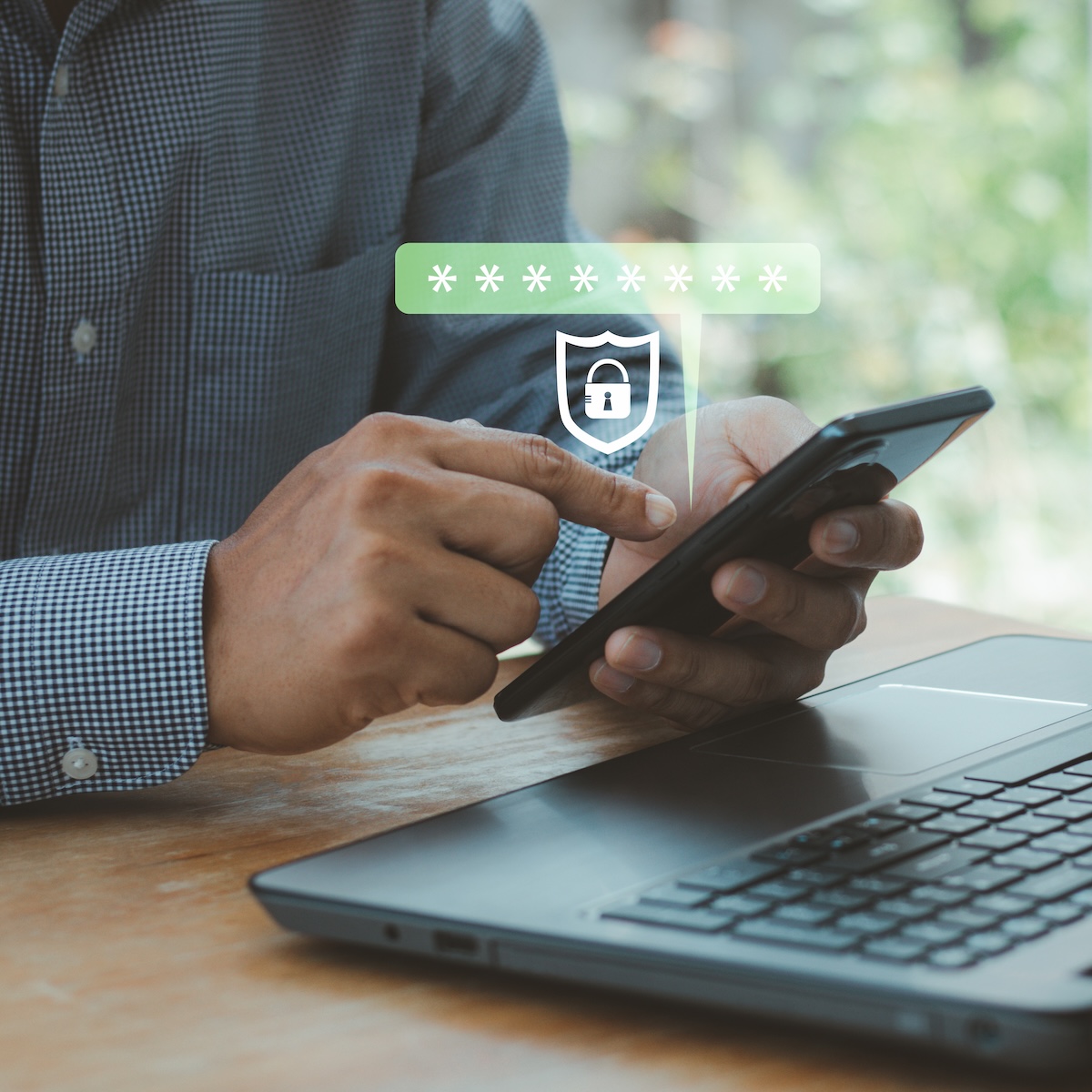


.png)


.jpg)
